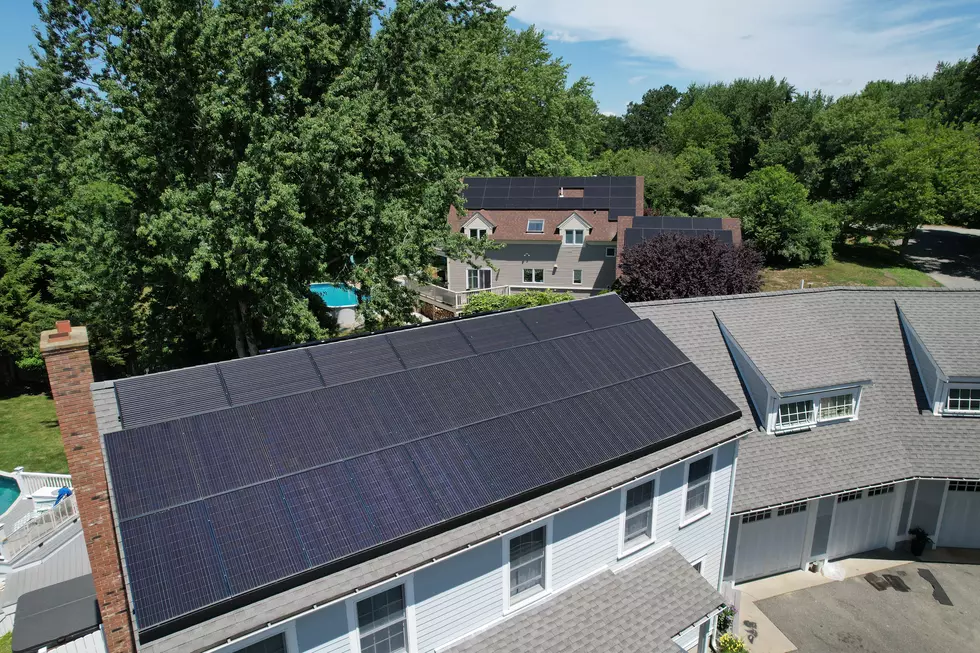
How the Inflation Reduction Act Will Increase Your Solar Energy Savings
As a homeowner, perhaps the largest aid to switching to solar energy is the Federal Solar Tax Credit, which discounts the price of solar panels. As you may have heard, the official signing of the ambitious Inflation Reduction Act has made this tax credit even more friendly for homeowners by extending the rebate and increasing the tax breaks. With the signing of the act, the U.S. has made its biggest commitment and investment to clean and solar energy, while also cementing the U.S. as the world’s leader in clean energy initiatives.
“Electricity customers across the country will benefit greatly from the clean energy tax credits included in the Inflation Reduction Act,” Edison Electric Institute President Tom Kuhn said in a statement. “This monumental legislation provides much-needed certainty and will help electric companies reach a clean energy future faster, without compromising on the reliability and affordability that customers value.”
In other words, this is a huge boost for renewable energy! Homeowners will now see more financial support to go green by receiving tax credits for energy-efficient appliances, electric vehicle purchases, and rooftop solar panels.
When looking specifically at solar panels, the federal government has incentivized homeowners to make the switch to solar panels with the solar investment tax credit (ITC) since 2005. The rate before the bill was signed gave homeowners the ability to claim 26% of their entire solar panel installation cost on their federal taxes, which is a number that has been decreasing since its inception. If you had your solar panels installed by December 2019 the incentive was 30%. This figure was set to decrease again to 22% in 2023 and be completely eliminated in 2024.
With the Inflation Reduction Act being officially signed, homeowners will see increased and extended incentives for adding rooftop solar panels.
- 30% tax credit of the total cost for solar panels
- This credit extends and increases the existing tax break by 10 years
- The extension of this credit would include all solar installation costs incurred this year, 2022, until 2032
- In 2033, the credit would fall to 26%
- In 2034, the credit will drop again to 22%
- The new tax credit also includes costs for solar batteries which were not included in the previous solar tax credit
- The solar battery tax credit starts on costs incurred in 2023
An example of the average savings a homeowner could see:
- If the total cost of your solar panels is $20,000, then you would receive $6,000 in solar text credit making your total payment for switching to solar energy $14,000. You would receive your solar incentive in your following year's tax return. If your tax liability is less than the ITC amount, your credit will be rolled over into the next year’s return. The rollover is effective for up to 5 years, and you will not be able to receive any of the federal solar tax credit in a tax refund.
- Added to the tax credit could be an additional $2,500 a year of savings. This is the savings an average household that uses 893 kwh of energy a month will see on their electric bills every year. This does not include additional benefits from incentive programs like SMART, where homeowners receive monthly payments for their solar system production.
Inflation Reduction Act Non-Solar Benefits
Even if you do not make the switch to solar energy, homeowners could still see savings of $170 to $220 a year in electricity costs from the policies included in the bill. This will be accomplished by increasing the diversification of the energy source mix. Modeling shows that increasing the amount of clean electricity that makes up the grid will protect homeowners from shocking rises in fuel prices and volatile price swings. Currently, homeowners are faced with expensive pricing and aggressive electricity rate hikes due to our reliance on fossil fuels and increased demand.
There are also the added benefits for electric vehicles and energy efficent appliances.
Overall, the Inflation Reduction Act is estimated to reduce greenhouse emissions by 42% from the levels in 2005. If the actual reduction reaches the estimated levels this would close emissions to within two-thirds of the remaining gap of the U.S.’ 2030 climate goal. Currently, clean energy only makes up about 4% of U.S. energy production.
If you have been waiting to go solar or have questions about how you could benefit from the new Inflation Reduction Act, don’t hesitate to give our friends at Isaksen Solar a call at 508-567-0647, or start your free solar quote now! If you are looking to take a deeper dive into the Inflation Reduction Act and its benefits beyond solar, you can find more info here.
More From WFHN-FM/FUN 107









